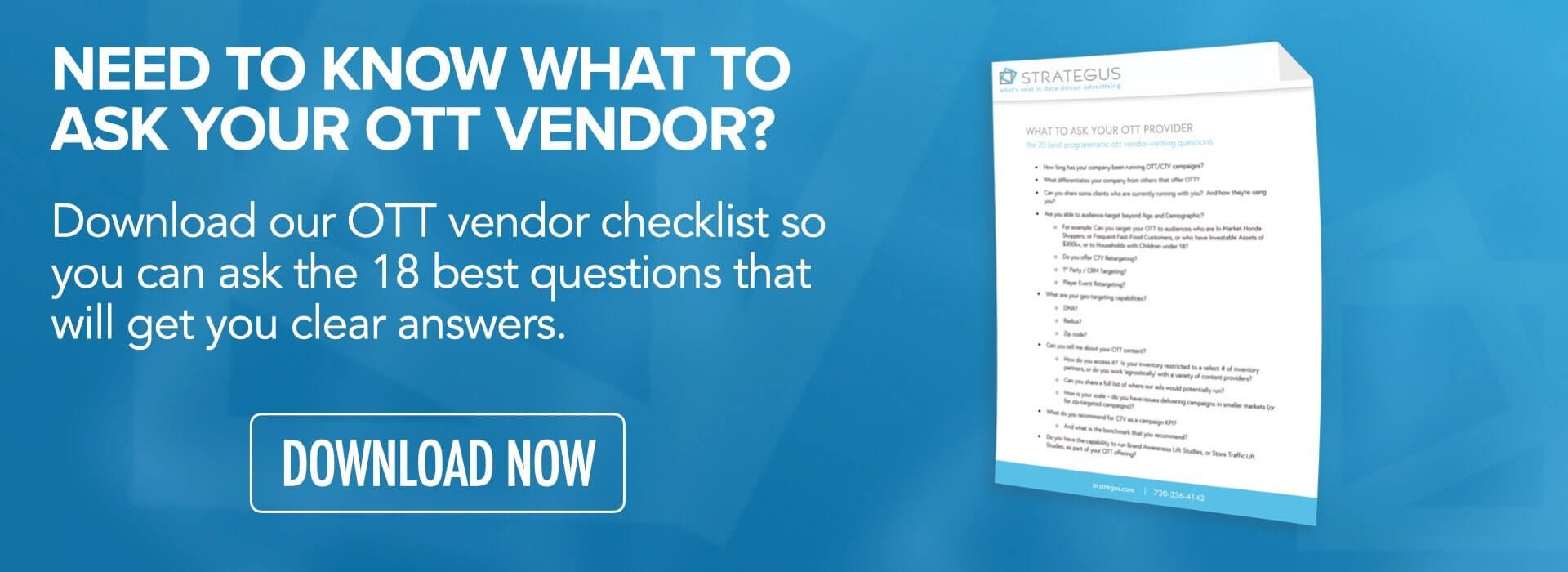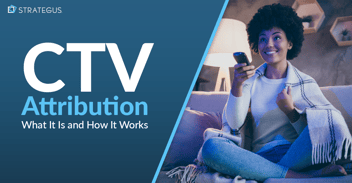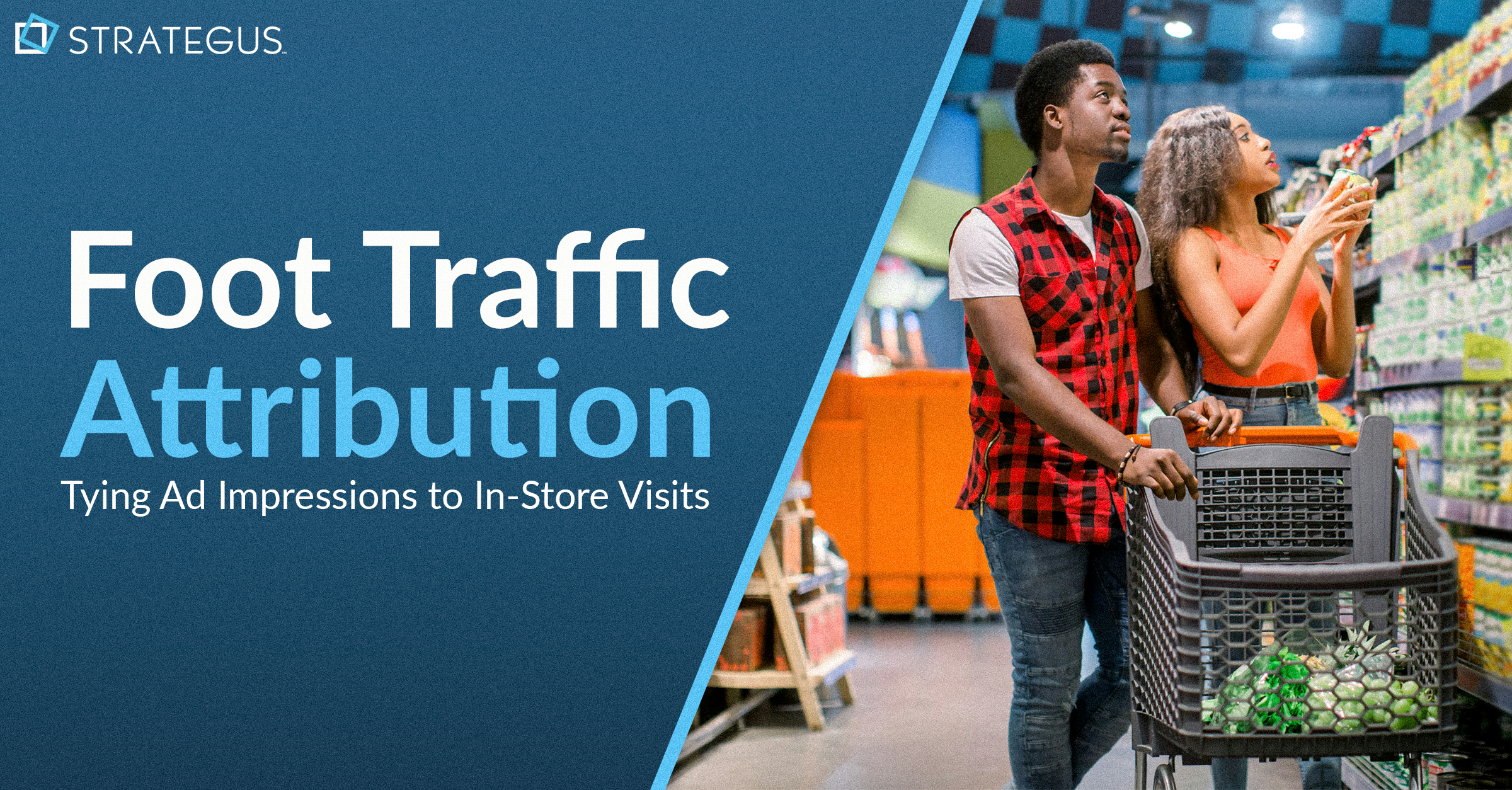- Home
- Strategus Blog
- Minimizing Ad Creative Fatigue On OTT/CTV Channels
Minimizing Ad Creative Fatigue On OTT/CTV Channels
 Andy Dixon
Andy Dixon
6 minutes read

If it’s predictable for too long, it gets boring. We’ve all been there before, flipping through channels, scrolling past movie titles, toggling between stations — always looking for something fresh and new to entertain us. It cannot be denied; humans love new things and get tired of the old. We love seeing, tasting, smelling — discovering and trying things that are new and different. Novelty in objects inspires a sense of adventure in the human brain.
Well the same logic is true of ad creative. It’s hard enough as it is to gain the attention of your consumer. Once you have the attention of your ideal customer, the last thing you want is for them to immediately tune out. With average attention spans on the decline, marketers are fighting an uphill battle as it is.
Unless it is fresh, exciting, and interesting, consumers grow tired and disengage with ads. They tune out and stop paying attention, rendering the hard work and budget all for naught. This can be tricky when advertisers continuously lean into best practices and trends — once the digital landscape becomes saturated with the same techniques, it’s no wonder consumers feel as if they’ve seen it all before. In other words, they experience what we call ‘ad creative fatigue’.

What is Ad Creative Fatigue and why does it matter?
Creative fatigue is exactly what the name implies–when viewers grow tired of seeing the same “creative” content repeatedly. This can happen in a number of different ways. The audience can grow familiar with your specific brand’s ads and ad styling, to the point where it feels like they’ve seen the ad before, even if content has changed. Alternatively, they can be familiar with the brand creative style to the point where they find the ad or the narrative predictable.
Outside of the brand specific styling, there are also trends and best practices that get heavily leveraged across the industry. Competitors may follow similar tactics and marketers may borrow techniques from other brands. The result is a lack of originality where the audience also feels as if they’ve seen the ad before. In other words, your audience stops paying attention.
Creative fatigue is a dangerous realm to fall into because it can generate a chain of negative events that hurt a campaign. It can include any or all of the following traits:
- Ad campaigns become less effective over time, damaging the ROI
- Overall VCR (video completion rate) and CTR (click through rate) decreases
- Fewer conversions and both online/offline attributions
What are best practices to minimize creative fatigue?
While creative fatigue cannot be completely eliminated, there are tactics that advertisers can employ to minimize it and contain it. Here are the top tips our team compiled to address this issue:
- Have 3 creatives rotating at any point in time
Keep in mind that your audience is likely hyper targeted, which means that running a single creative campaign can result in your target audience seeing the same ad repeatedly each time they are being targeted. - If running less than 3 creatives/month, consider changing the creative quarterly
Sometimes budget does not allow for 3 simultaneous creative campaigns. If that is the case, switch out the campaign at least once a quarter. Creative fatigue tends to take place after 3 months. - Use different creative for Encore Omnichannel and retargeting tactics
If a viewer has watched a video ad to completion and has interest in taking action, using the same creative in the retargeting campaign can dramatically hurt the conversion. It can cause an exasperated sense of “I just saw this!” (Picture a mental eye-roll from a would-be buyer–not good). - Exclude people who have already engaged with your ads
To create a sense of brand loyalty, it is important to avoid swarming a user with the same content especially if they’ve already interacted with the ad. It can create a negative reinforcement where a consumer associates their engagement with permission to being spam, crushing opportunities to convert a one-time customer to a long-term one. - Monitor campaign frequency – This is crucial to minimizing creative fatigue! Audience size plays a factor here, so monitoring frequency will help keep track of how many times a user has seen the creative. In general, higher frequency will result in quicker creative fatigue while lower frequency means slower creative fatigue. You want to make sure the overall frequency isn’t too high. If it starts to climb, you can slow it down by doing the following:
- Expand the audience
- Expand the geo
- Update the creative
What is there to look out for with landing page interaction?
The landing page is the source of the action. This is where you have to keep a close eye to ensure that the results continue to trend in the direction that you want. After all, the landing page is where the conversions happen… or don’t happen. At the beginning of a campaign, the landing page is typically what you monitor to measure the success of a campaign. Over time, it is also a great way to monitor the resonance and creative fatigue levels.
Here are few things to look out for when checking in on the landing page:
- Conversions over time – This is the most important metric to monitor. It not only determines the success of your campaign, it can tell you whether you are targeting the correct audience. We place an emphasis on conversions over time because a change in performance is more indicative of creative fatigue versus a campaign not converting altogether.
- Dips in conversions or plateaus – If an ad was performing well and the landing page initially had steady conversions, a dip or plateau is a strong sign that the campaign is experiencing creative fatigue. The key here is to look for a consistent dip or decline versus a short drop, which might be explicable by miscellaneous circumstances.
- Unique referral sources – When monitoring a landing page, make sure that you are able to attribute conversions or engagement with the ad itself. If you cannot properly attribute the actions, it makes measuring the creative fatigue very difficult.
The Bottom Line
Creativity is considered a talent for a reason! In the world of marketing, a large part of the job is tied to entertaining and persuading the audience. Delivering campaigns that tell a strong story that resonates with viewers is a delicate art form. Not only do marketers have to think about a message getting through to the audience, they have to consider the longevity of the campaign. For example, a campaign with a shock and awe element may prove largely effective when it first runs, but over time, the impact will wear off once an audience has already seen the ad.
This is not a new problem. Creatives in advertising and marketing have battled with this area for a long time! And while it cannot be completely eliminated, it can be mitigated and minimized. Careful monitoring of a campaign and knowing what signs to look out for will prevent you from letting an ad run too far into the creative fatigue zone. This will protect your brands from spending coveted ad dollars pushing an ineffective campaign. If you have any questions about how to further optimize your campaigns, contact our team to chat!


Andy Dixon is a seasoned Content Writing Specialist at Strategus, renowned for his expertise in creating engaging and impactful digital content. With over a decade of experience in content creation, Andy has honed his skills in a variety of niches, ranging from technology and marketing to education.
Strategus is a managed services connected TV(CTV) advertising agency with over 60,000+ campaigns delivered. Find out how our experts can extend your team and drive the result that matter most.
Talk to an Expert
Seeking a Custom CTV Strategy That Delivers?
What to read next

Third-Party Data Targeting for CTV: Benefits & Tactics
Third-party data. It’s a term that’s thrown around, and yet few take the time to detail its pros and cons — much less strategies for using...
7 minutes read

First-Party Data Targeting: Benefits and Tactics for CTV Advertising
First-party data is the information that companies collect directly from their customers rather than through intermediaries. Advertisers use this...
10 minutes read

Foot-Traffic Attribution: Tying Ad Impressions to In-Store Visits
The marketing funnel has changed. Today’s shoppers often begin researching products from the comfort of their homes and don’t set foot into a store...
8 minutes read

CTV Attribution: What It Is and How It Works
Connected TV (CTV) viewing is on the rise — and that’s good news for marketers. Not only can CTV ads be precisely targeted to individual households,...
9 minutes read















